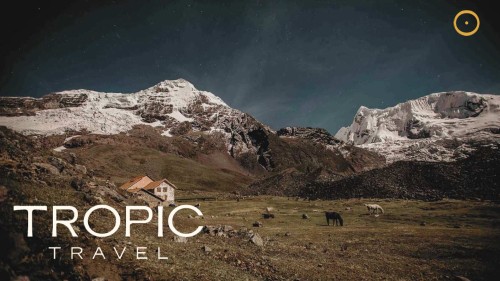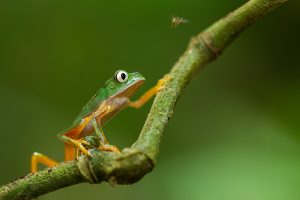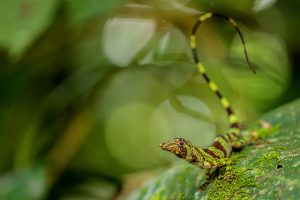In the world of science, looking for creepy crawlies is called herping (defined as the act of searching for amphibians or reptiles). Now there are true-life Herping Adventures that one can join in the Amazon jungles and cloud forests of Ecuador thanks to Ecuador’s award-winning ecotourism company, Tropic (http://www.destinationecuador.com/) that since 1994 has led tours through the country’s most engaging landscapes.
This ecotourism program that combines science with active travel is a brand-new way to explore the rainforest while offering indigenous and local communities opportunities to learn more about their environment. For example, on a pioneer safari program the indigenous Huaorani learned that some snakes aren't poisonous as their tradition had led them to believe.
Two safari and photography tour itineraries have been developed in partnership with professional biologists and photographers of Tropical Herping. The first involves a cooperative program between Tropic and the Huaorani, one of the world’s most isolated ethnic groups. A community of Huaorani will serve as hosts and guides on their ancestral turf, a rainforest region considered the world’s most biologically diverse and where explorations take place. (Since 2008 the partnership has been working to stabilize this ecologically threatened region.) The $1,530 per person, double occupancy price for the 5 day/4 night adventure includes all lodging, meals, services of English-speaking guides and instruction in the specialized field methods and photographic techniques for herpetology. See: http://www.destinationecuador.com/huaorani-photography-safari.html
A second program that has been developed takes amateur scientists and photographers into Ecuador’s cloud forest and Upper Amazon Basin. These are the lands of exotic toads, tree frogs, poison frogs, vipers, and almost any imaginable species of amphibian or reptile. The “100 Species Photo Safari” is an intense 13 night lodge-to-lodge expedition of discovery. The $4,796 price includes all lodging, meals, guides, river transfers and park entrance fees. See: http://www.destinationecuador.com/100-species-photography-safari.html
Among the activities on both tours will be night walks in the forest with special equipment to find and photograph different species as well as in some cases to capture and document research data. Guests will travel with expert herpetologists and discover which creatures are safe and which can be incredibly dangerous.
Also behind Tropical Herping is the goal to compile a world record of the region’s amphibians and reptiles. Recently a book was published about the richest community of amphibians and reptiles in any cloud forest locality above 1000 meters. The team found an array of 101 species that can be reviewed in The Amphibians and Reptiles of Mindo.
“This kind of specialized monitoring is the most effective tool for improving people’s perceptions of reptiles and amphibians, and at the same time their interest helps to promote broader conservation actions by creating visually compelling images with their cameras and even possibly attaching scientific values to their discoveries” said Jascivan Carvalho, Tropic’s owner and CEO.


